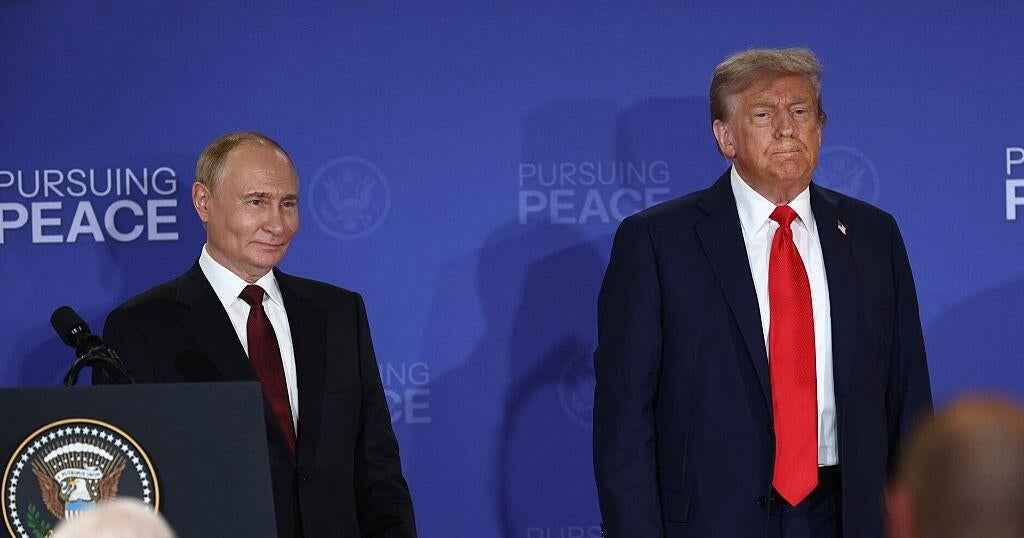

The Dalai Lama gathered senior Tibetan Buddhist monks on Wednesday in Dharamsala, the Himalayan town where he has lived in exile for over half a century, to chart the future of his spiritual office — and how it might survive growing pressure from China.
In a recorded video statement to the three-day conference, the 89-year-old offered few specifics on how Tibetan Buddhism’s highest office might avoid a period of uncertainty after he dies, a moment that Beijing may try to seize by installing its own choice as the next Dalai Lama.
But he made one thing clear: his own doubts about whether the institution of the Dalai Lama should continue after him have now been put to rest. He had previously been open to ending the role to avoid it being exploited by China after his death, but now affirmed that the lineage would go on.
He also made what was seen as another move at shutting China out from the future reincarnation of the Tibetan spiritual leader. He said in a statement that Gaden Phodrang Trust, which is registered in India and run by the Dalai Lama’s office, has “sole authority” to recognize such a reincarnation.
“No one else has any such authority to interfere in this matter,” he said.
The Chinese Communist Party, which has sought to erode the influence of the Dalai Lama in Tibet, asserts that only it has the authority to choose his reincarnation, despite being committed to atheism in its ranks. In Beijing, a spokeswoman for the Chinese foreign ministry said on Wednesday that the reincarnation had to be approved by the central government.
Lobsang Tenzin, the Tibetan trust’s second-most-senior leader, who is known by his religious title of Samdhong Rinpoche, said the Dalai Lama had weighed the future of the institution for decades, but over time he found that Tibetan people favored preserving it.
“In 1960s and 1970s, he proposed that the Dalai Lama institution should be ended,” he said at a news conference in Dharamsala. “Today’s message is that the Dalai Lama institution will continue — that after the 14th Dalai Lama, there will be a 15th Dalai Lama, there will be a 16th Dalai Lama.”
But he did not say how the Dalai Lama planned to shield the reincarnation process from Chinese interference.
“When the time comes, he will give instructions,” the Samdhong Rinpoche said, referring to the reincarnation.
The Dalai Lama fled China in 1959 after the Chinese army invaded Tibet to bring the region under the control of the Communist Party. He has lived in India ever since, helping to establish a democracy in exile while traveling the world to advocate for true autonomy and cultural and religious freedom for the Tibetan people.
The Chinese government sees the octogenarian leader as a separatist who seeks independence for Tibet, where more than six million Tibetans live. In his absence, Beijing has tried to bring elements of the Tibetan religious institution under state control, and erase Tibetan culture to absorb the people into one nation united around the Communist Party.
Traditionally, the search for a new Dalai Lama begins only after the current one dies. It can take years to identify the child believed to be his reincarnation, and more than a decade to educate and prepare him for the role. The fear that China will exploit that gap has long shaped the Dalai Lama’s strategy ever since he went into exile.
The Dalai Lama relinquished his political leadership role in the Tibetan exile government in 2011, a decision intended to strengthen the democratic structure of the Tibetan movement. Since then, Tibetan refugees scattered around the world have elected their political leader through a direct vote.
In recent years, the Dalai Lama has told his followers that he was considering other possibilities for the future of his role after him.
He has said that his successor would be born in a free country, indicating that the next Dalai Lama could come from among Tibetan exiles, who number about 140,000, half of them in India. He has also said that his successor could be identified while he is alive, and that person could be an adult, and not necessarily a man, in a break with centuries of tradition.
But he had said he would clarify his position on the future of the institution, and his reincarnation, around his 90th birthday, which is being celebrated in Dharamsala this week.
In his brief statement, the Dalai Lama indicated that he would hew to the centuries-old custom, saying that the trust under his office should “carry out the procedures of search and recognition in accordance with past tradition.”
Samdhong Rinpoche declined to say whether that ruled out the Dalai Lama’s earlier suggestions, such as finding a successor before his death to prevent a takeover of the process by China.
Amy Chang Chien contributed to this report from Taipei.








-3.png)



